How a picture book about a cat could help teach children about consent and boundaries
Published on: 17 Ebrill 2019 Author: Anna McQuinn
How do we teach young children about consent and boundaries?
Picture book Lulu Gets a Cat - by Anna McQuinn and illustrator Rosalind Beardshaw - might be able to help, as Anna explains below...
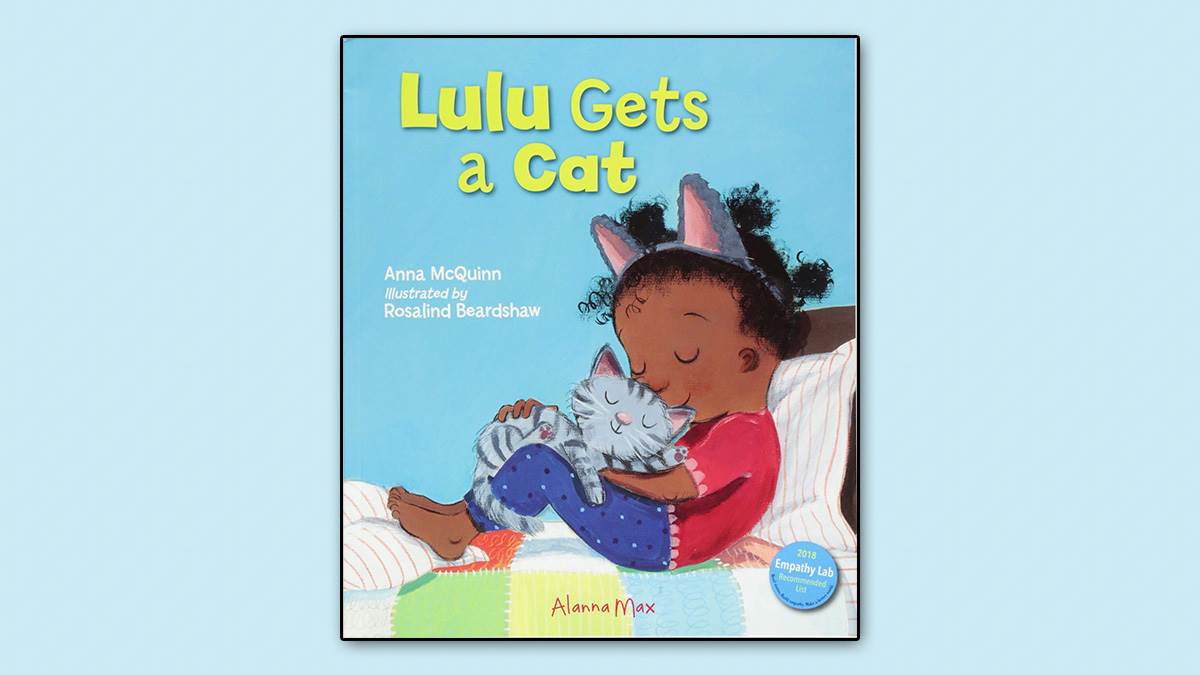
Watching scenes from the Brett Kavanaugh Senate hearings at the end of last year was upsetting. One of the things that most saddened me in the weeks afterwards was hearing the many reports that university students are most likely to experience sexual assault in the first eight weeks of their courses. Then we heard demands for more education, with many colleges adding talks on consent to their orientation programmes.
But surely that's too late? Aren't we getting something terribly wrong as a society, as parents, and as educators if young (mostly) men, all educated to such a level that they are eligible for university, are showing up on week one with such a sense of entitlement that they are assaulting their peers?
None of these young men were born this way, so what happened to them along the way to give them such a sense of entitlement? Surely that learning can't be undone in a few hours of orientation?
Starting the discussions early
I followed various debates and read interesting articles - you'll find some of them below. And I began to realise that perhaps one of the biggest mistakes we are making is linking consent and sex, thus limiting education around consent to sex education.
This narrows the focus and worse, it postpones difficult conversations until children are older - by which time they may have internalised damaging attitudes to themselves and others.
On the other hand, if we break the link between consent and sex, we can leave behind uncomfortable conversations and focus on the core issue. Stripped of sexual connotations, we can also look the different aspects of this issue in the face.
One particular aspects concern me. When the focus of our consent education is on preventing children from being abused, we mostly think of the perpetrators as adults and the victims as children. So, our focus is often (quite rightly) on empowering children to say no to adults.
But this can leave unaddressed any education on how not to become the aggressor – something that does little to address the fact that many children are subject to unwanted touch from their peers. It also does not do enough to prevent today's children from becoming tomorrow's aggressors – if we only focus on a child's right to say no, we leave out the important lessons that would teach children about waiting for an enthusiastic yes.
With most issues I struggle with, the answer is usually to start with 3-year-olds and use a picture book! This is no exception... so here's my suggestion for teaching consent using Lulu Gets a Cat.
How Lulu Gets a Cat can get us talking about consent
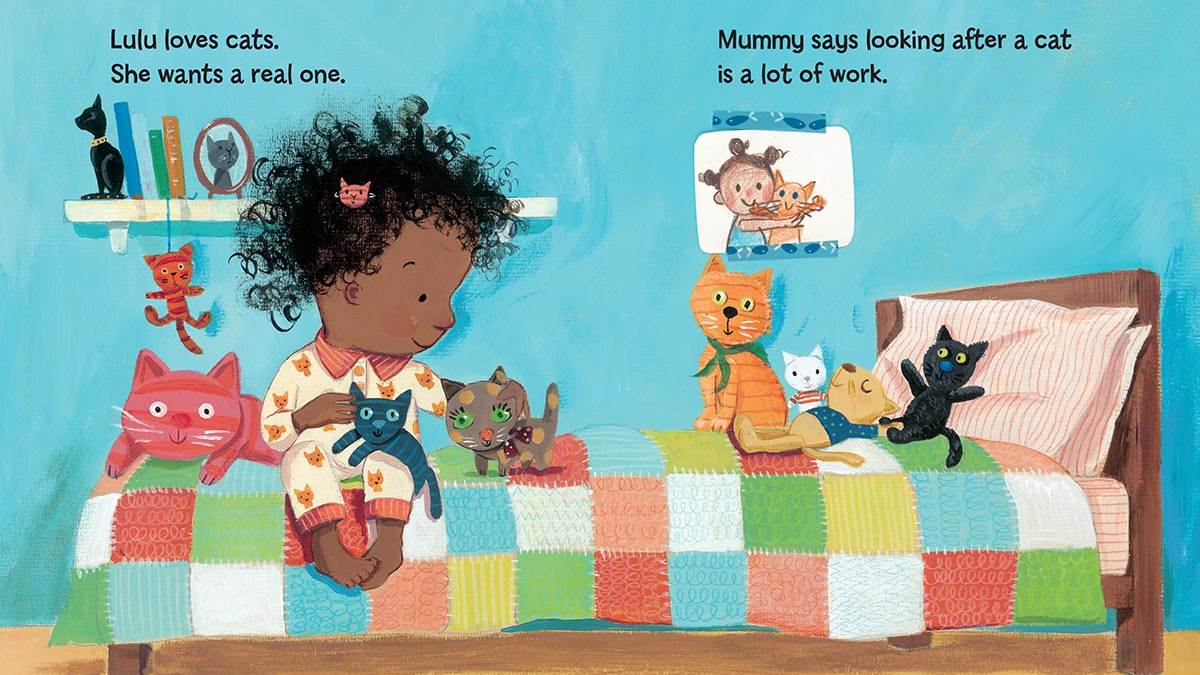
In Lulu Gets a Cat we meet Lulu, who is obsessed with cats and really wants a real one. Her mother is not convinced - well, her mother is convinced that she will be the one looking after the little animal!
But Lulu is never one to be put off, so she and her mother read stories about cats and books about caring for them. Lulu has a sticker chart to log caring duties which she fills in, and eventually Mummy is persuaded.
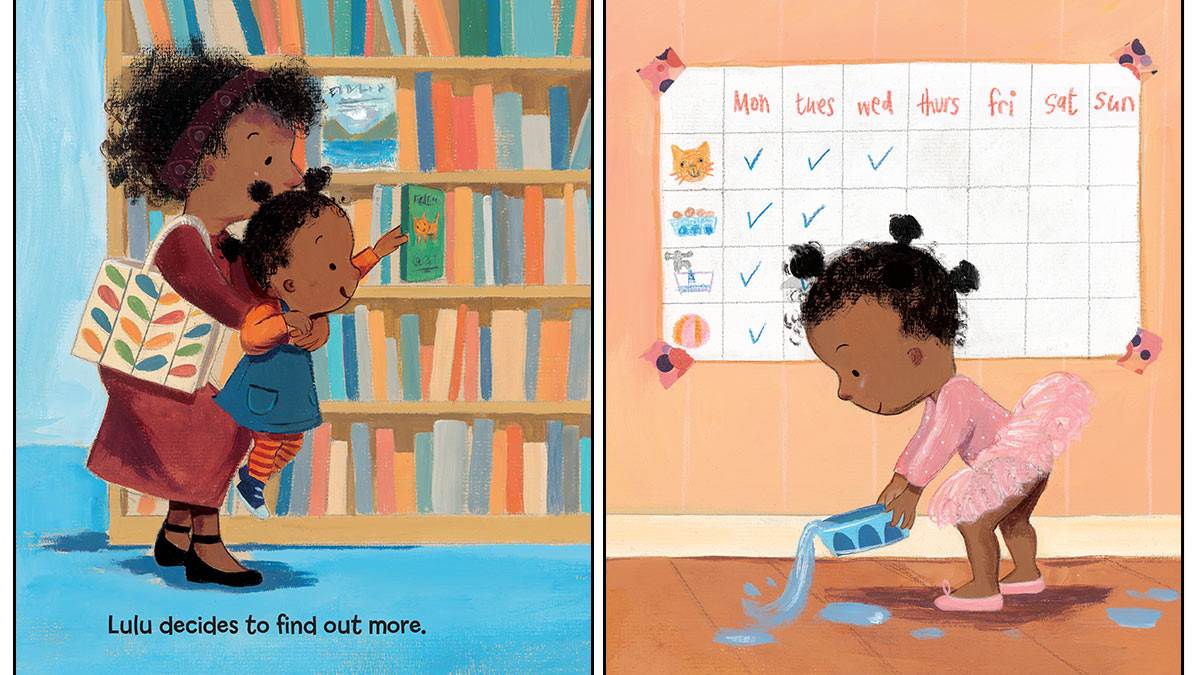
Together they research adoption and make an appointment with the local shelter. There, Lulu is given a choice of three suitable cats but before she can choose, one little cat chooses her. How adorable!
At this point any 3-year-old would expect to hug the cat and take it home. But worker Jeremy explains that the little cat will find the change traumatic, and he gives Lulu a list of things she needs to do to prepare for the cat's arrival.
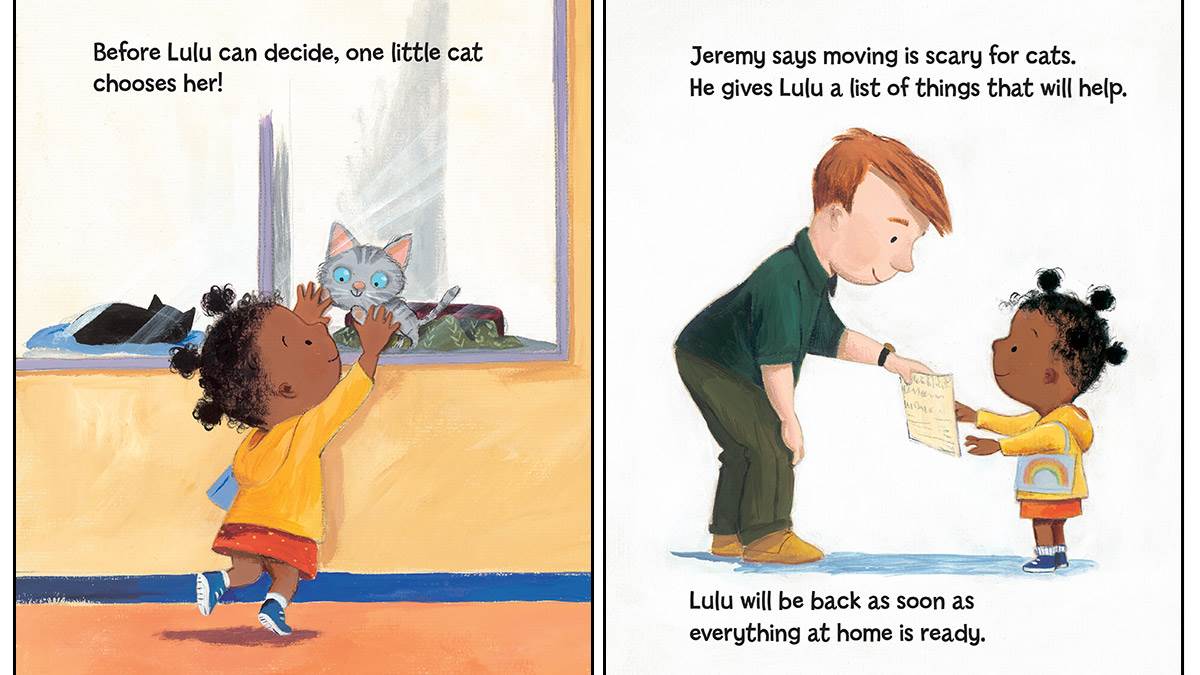
When everything is ready and Lulu returns to the shelter to collect her cat, she goes with a lovely sense of enthusiasm – something she likely expects the little cat to reciprocate.
But we can see that, on the contrary, the little cat is still scared. Jeremy uses her own blanket and Lulu reassures her - then Lulu is free to take her home.
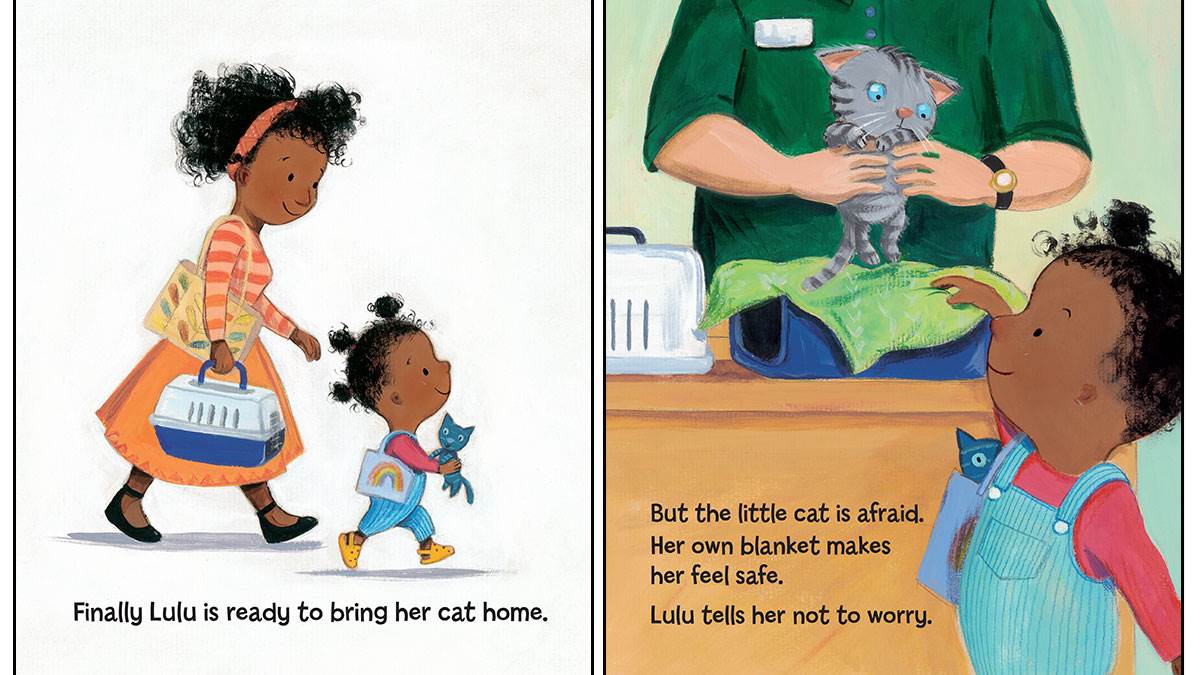
Once at home, one can imagine that any 3-year-old would immediately want to cuddle the new arrival – what young child doesn't respond to a small animal with affection? It's a natural and warm response.
Here, however, the little cat is really scared in her new surroundings – something we can clearly see in her body language.
Happily, because of her research, Lulu knows this. So, even though it is obviously hard to do, she holds herself back and puts the needs of the little cat before her own.
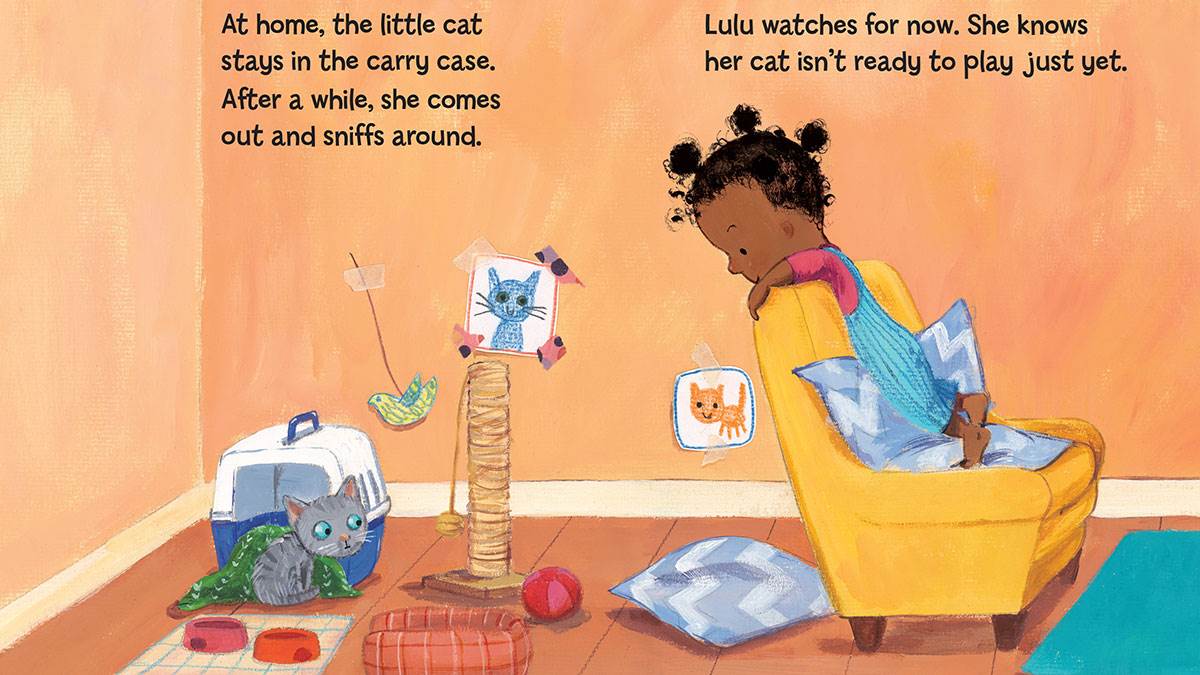
This for me is the most powerful spread in the book. It's the one I'm most proud of and the one I'm most grateful to the illustrator, Rosalind Beardshaw, for capturing so beautifully.
It shows an extremely complex moment – Lulu is full of delight at the long-awaited arrival of her new cat, and naturally wants to play and cuddle. And there's nothing at all wrong with those instincts – they are kind, nurturing ones. But we can see from the little cat's body language that she wouldn't like it – not yet, anyway. And we see from Lulu's body language how hard it is for her too.
This spread therefore provides a perfect opportunity to talk about autonomy and boundaries, about comfort and physical interactions, and about mutual respect and putting another's needs before our own.
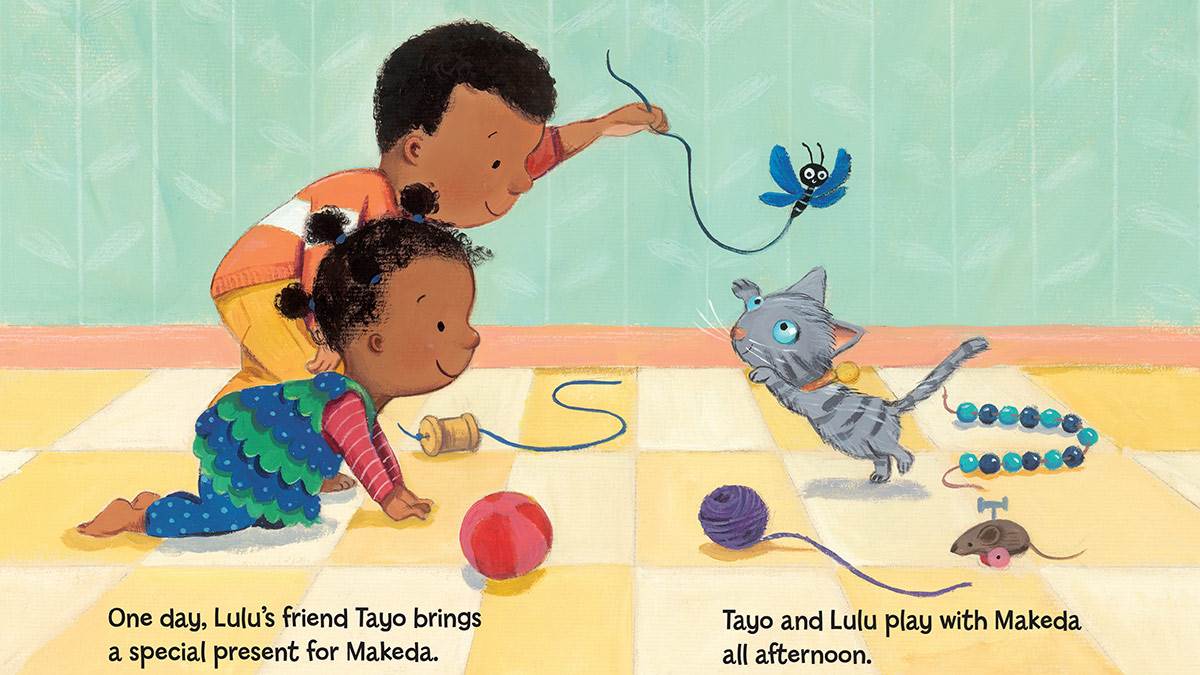
In the following pages, Lulu gradually builds her relationship with her new cat. She makes her friend Tayo wait before he visits, and he is rewarded with a fun afternoon playing with Lulu and the little cat.
Lulu is rewarded too – by the deep trust and love that her little cat has developed for her. This is enthusiastic consent! Both cat and child are ready and want to share the affection and snuggles.
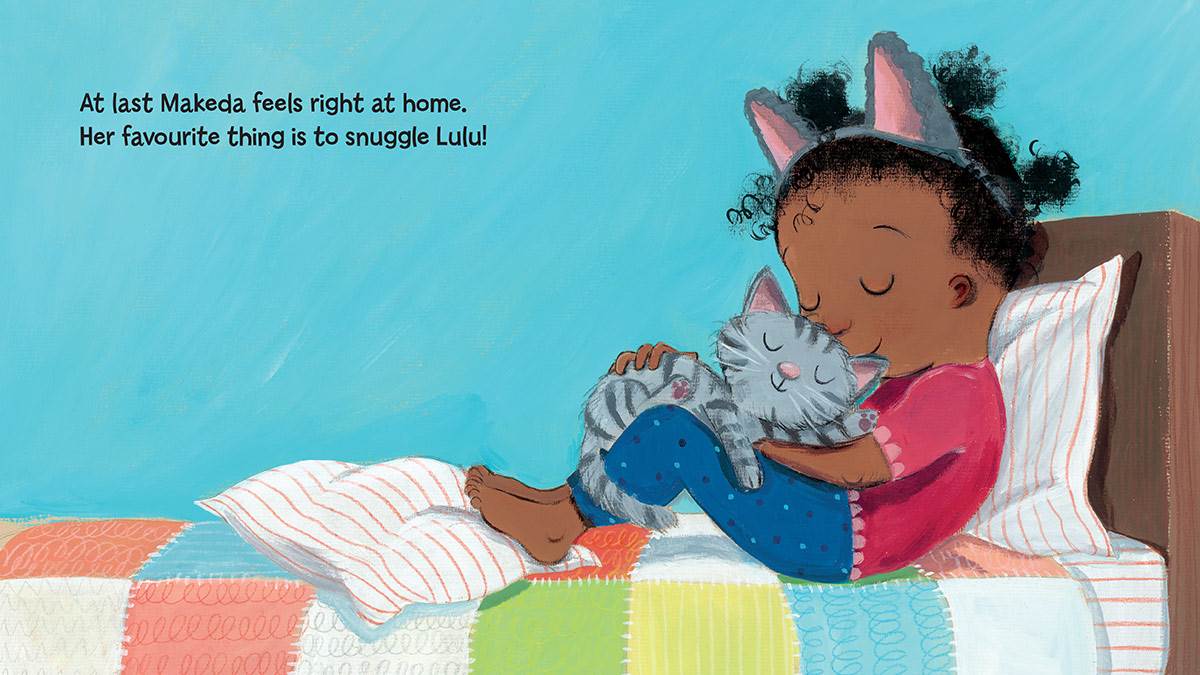
Lulu's insights into her cats needs came from her reading and research. So it seemed appropriate to me to end the story with Lulu now reading to her new friend...
And I hope the book shows that we can have a meaningful conversation about consent without ever talking about inappropriate touching or private parts – because actually bodily autonomy and respect isn't limited to sex.
But helping children to think about another's needs - which might be different from their own - will lay a solid foundation for discussing such issues in the future.
Useful links
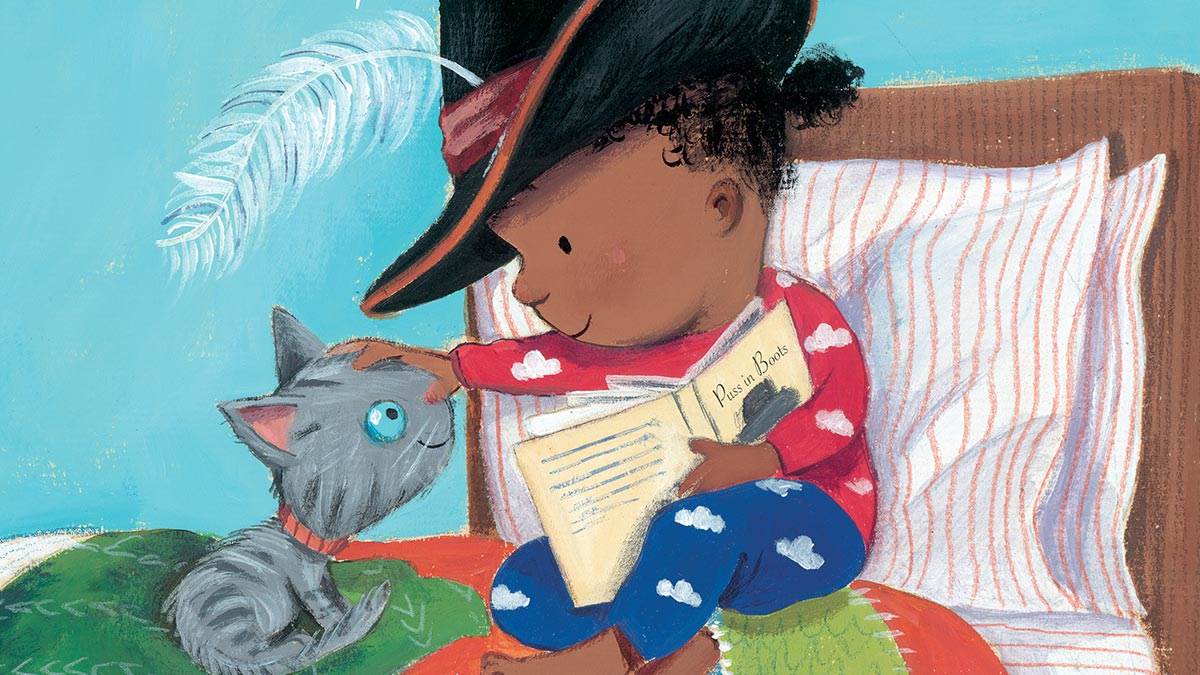
Articles about teaching consent in the early years
- This third grade teacher's classroom lessons on consent are perfection
By Annie Reneau
If you don't read anything else, this is probably the one to choose – to my mind, the best article by far on the subject. Liz Kleinrock has used America's heated discourse on sexual violence as the springboard for lessons on consent for her third graders. - We can teach kids about consent without bringing sex into the conversation
By Martha Kempner
'Though we often think about consent in terms of sexual assault, the truth is that it is an essential aspect of all interpersonal relationships. People have the right to set boundaries about their bodies, their possessions, and their actions, and we need to respect those boundaries. By framing consent in this way for kids, we're laying the groundwork they will need to navigate situations in the future, including and beyond sexual interactions.' - Sex Ed isn't enough, our schools should be teaching sexual consent
By Katelyn Silva
'We need to do something more. We as parents need to ask ourselves if we are avoiding uncomfortable conversations at the expense of our children's safety. Do we erroneously believe we don't need to have these talks because "our son would never do that" or "something like that would never happen to my daughter?" We, as a society, need to raise kinder, gentler, more conscious young men who respect and love women (and other men). We certainly need to start that education earlier than college orientations (for those who are fortunate enough to attend them).' - 3 ways my parents unintentionally taught me that my consent didn't matter
I think this is one of the best articles on the subject – especially as it gives three different types of examples. There is some swearing though, so it's not an article for you if you're offended by that.
'This is an article about you and about me and about the legacies that we pass on. This is an article about our culture. This is an article about a culture that doesn't respect women's boundaries, a culture that can't take "no" for an answer, a culture that buries women's sexuality in guilt and shame. This is about a culture that, imperceptibly, seeps its values into the minds and hearts of well-meaning parents until that culture's most awful beliefs about women come flying out of the mouths of the ones that love us most.'
Articles about the demands faced by children
These are some articles on the specific demands at family visits that I shared with a parent group I used to run in the library. I got an amazing reaction to them – with many parents remembering specific times they'd been forced to kiss relatives they didn't want to. These memories were still strong 20 or 30 years later, and many hadn't realised they were continuing the custom.
- This holiday season, let kids choose who they hug
By Katherine at A Mighty Girl
'The many gatherings of family and friends during the holiday season give parents a special chance to teach their daughters an empowering lesson: you don't owe anyone your physical affection. "The ritual of demanding affection from children on cue is one of those tiny, everyday little lessons in which we teach children — especially girls — that they are to tailor their emotional responses to please others," observes blogger Kasey Edwards in a Daily Life op-ed. By letting kids decide whether to greet someone with a hug or a kiss, parents can teach the basics of consent and bodily autonomy as early as the toddler years. And, such lessons can have an impact for years to come as Girl Scouts' development psychologist Andrea Bastianai Archibald explains: "The notion of consent may seem very grown-up and like something that doesn't pertain to children, but the lessons girls learn when they're young about setting physical boundaries and expecting them to be respected last a lifetime".' - Reminder: She doesn't owe anyone a hug. Not even at the holidays.
Girl Scouts
'Think of it this way, telling your child that she owes someone a hug either just because she hasn't seen this person in a while or because they gave her a gift can set the stage for her questioning whether she "owes" another person any type of physical affection when they've bought her dinner or done something else seemingly nice for her later in life.' - I don't own my child's body
Katie Hetter
'She has be polite when greeting people, whether she knows them or not. When family and friends say hello, I give her the option of "a hug or a high-five". Since she's been watching adults greet each other with a handshake, she sometimes offers that option. We talk about high-fives so often she's started using them to meet anyone, which can make the start of any social occasion look like a touchdown celebration.'
Inspiring and positive pieces
- This 12-year-old girl got Maryland to teach consent
An amazing piece to camera by a 12 year old, eloquently arguing for the need to teach consent. Maeve Sandford-Kelly argues that if 53% of 7-12th graders are sexually assaulted by a peer, 10th grade is too late to tackle issues around consent. - Greetings from Mrs Sparks' class
This teacher's morning greetings are a fabulous exercise in autonomy. Foe me, she is teaching consent but in a completely fun way. - Kids choose own greeting to start school day
Sometimes the kids can do it themselves!
Two pieces on consent and affirmative consent
- Consent education a priority during Orientation Week
- Say 'yes' with enthusiasm! Exploring affirmative consent
By Robin Mills
This is an excellent piece which explains clearly the principle of affirmative consent.
'The idea and concept of "No Means No" made me feel as if others were allowed to do what they wanted to me, and that it was up to me to stop it if I didn't like it. Well, that was a mixed message, because society also tried to teach me to be docile and agreeable if I wanted others to like me or want to date me.
'Affirmative consent, commonly referred to as "Yes Means Yes," is a game-changer - in a positive way. Under this standard, instead of pressing forward until a partner says "no", nothing sexual happens until both partners have consented to participating. It's no longer, "Well, the person didn't say no, so she/he must have wanted to have sex".
'Instead, affirmative consent is a continual process. Partners check in as sexual activity progresses. If one partner decides that it's time to stop, she or he may revoke consent at any time.'
Read our review of Lulu Gets a Cat





Add a comment